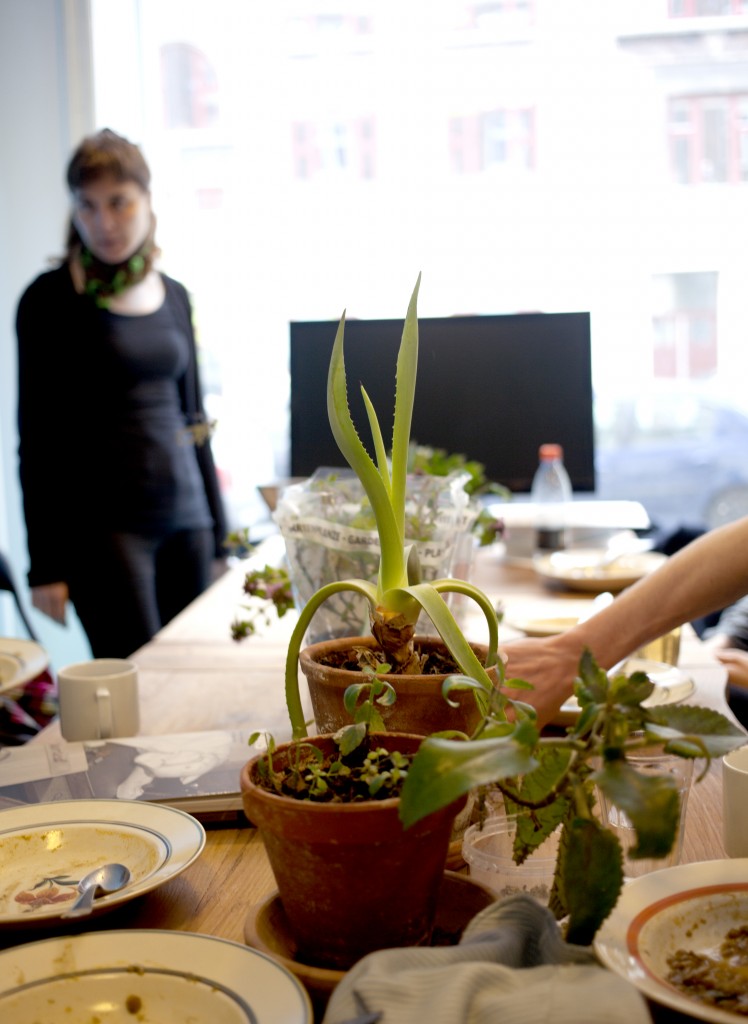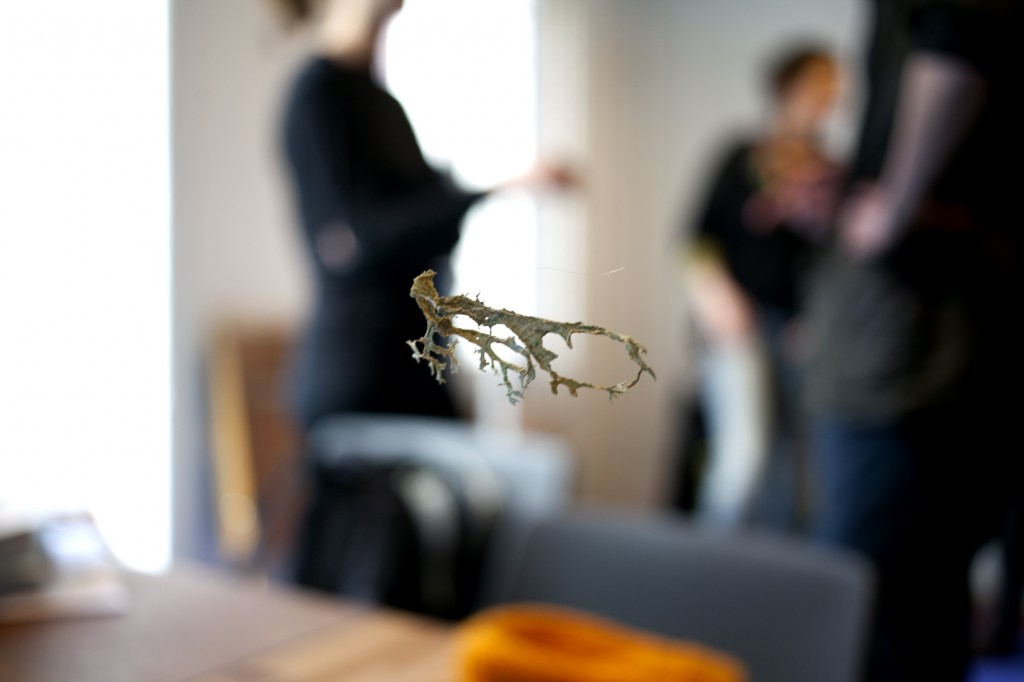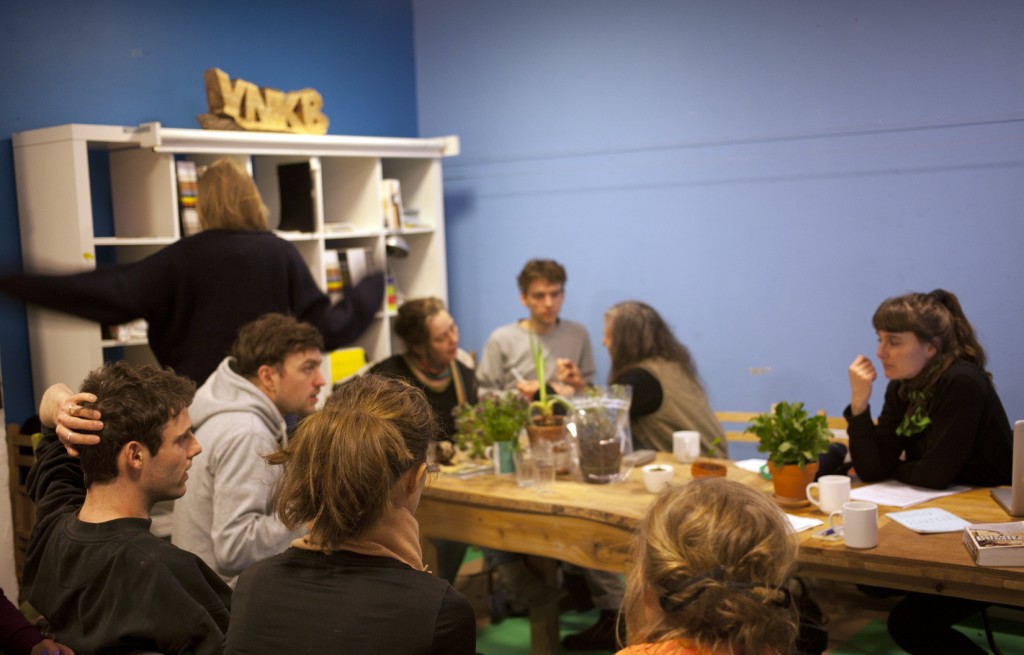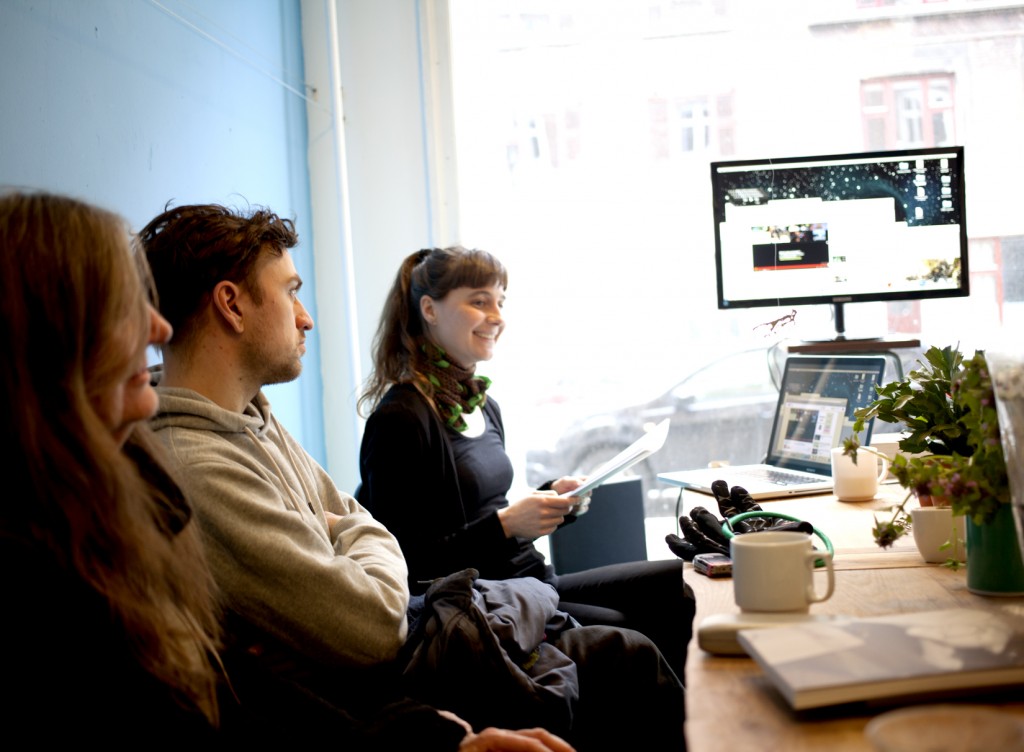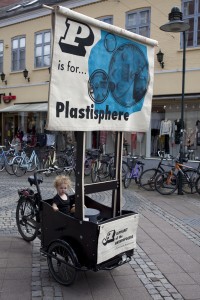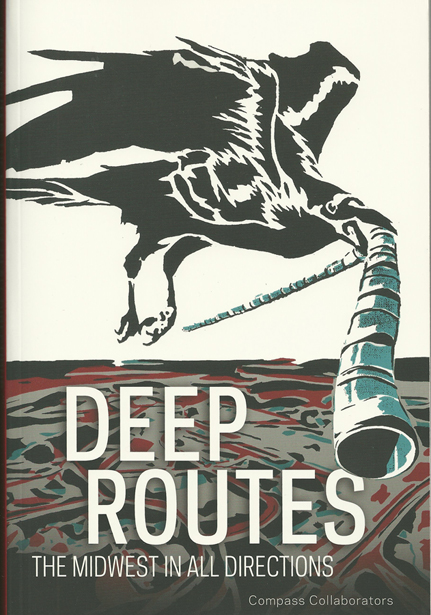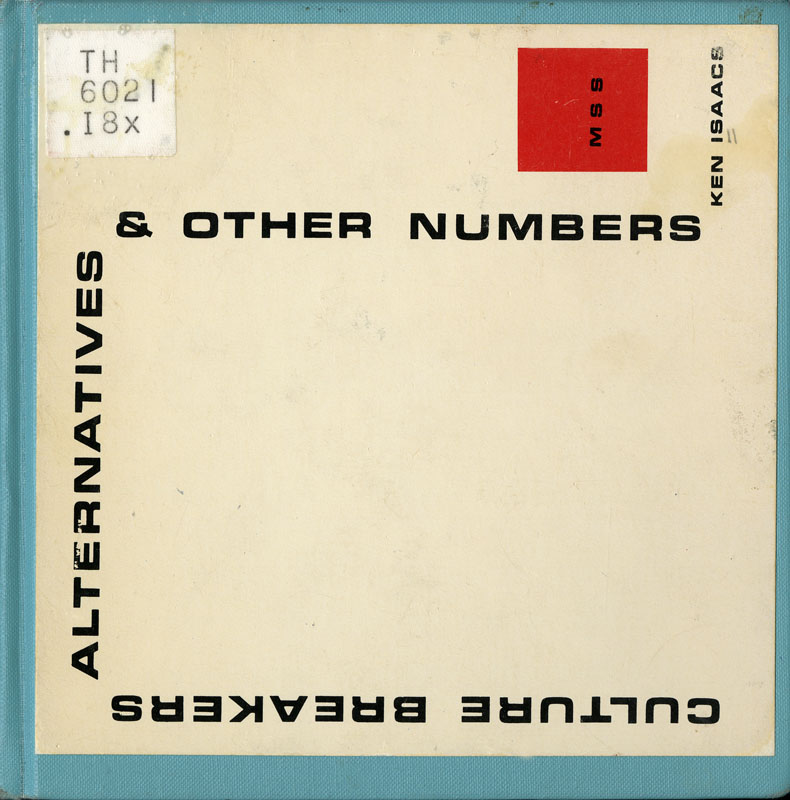The Secret Life of Plants
Local artist, Arendse Krabbe gave a presentation about her research into plants, emotional connections with have them, and collective process, on April 9th at YNKB, the artist run space here in the neighborhood.
Arendse asked the audience to bring a special plant to her evening presentation. One with a personal story attached. We watched Stevie Wonder’s The Secret Life of Plants and later shared how the plants we brought had come to be ours.
Arendse is one part of Open Source Food, an artistic collaboration focused on raising public awareness around the struggles asylum seekers to Denmark face, especially in relationship with nutrition and a healthy diet on the income allotted to them by the state. She and her collaborator, Andre Amtoft, worked with Danish foraging experts to lead workshops on finding nutritious plants in the countryside surrounding the asylum centers. She maintains an interest in the political implications of plant life in her art practice.
Arendse’s presentation mixed YouTube videos, her personal experiences with plants, her theoretical research into different ways that we might interact with plants and what these interactions might teach us. For example, she recently became excited about new research into the symbiotic relationships people have with gut bacteria. The heart of her research is her ongoing collaboration with local professor, Adrian Paul Harrison. She has been working with him for several months to record the sounds of plants, specifically lichen—a difficult task.
Lichen was Arendse’s special plant. She explained that she and the lichen were developing a collaborative relationship, going on to talk about the collaborative nature of the lichen plant, in general. She told us, “Lichen is in a constant collaboration between a fungus and an algae, or cynaobacterial cells, also known as blue-green algae.”
Arendse was inspired by the collaborative essence of the lichen, its ability to withstand extreme weather and adverse environmental conditions, its role as a soil stabilizer, as well its use as a raw material in medicine, dyeing cloth, and making perfume. The versatile unassuming plant is teaching her a lot.
“These ideas I present here are not about leaving the idea of being a human to become a plant. It is rather to understand that there is neither human nor plant … we are all collective processes. We are fluid,” she explained.
Collaborations and collective process are an important part of Arendse’s art practice and her research. From her presentation, I took away that her study of plants is a way to find analogues and teachers in the natural world,while ultimately learn more about different ways of being in the world.
Radio Aktiv Sonic Deep Map (2013)
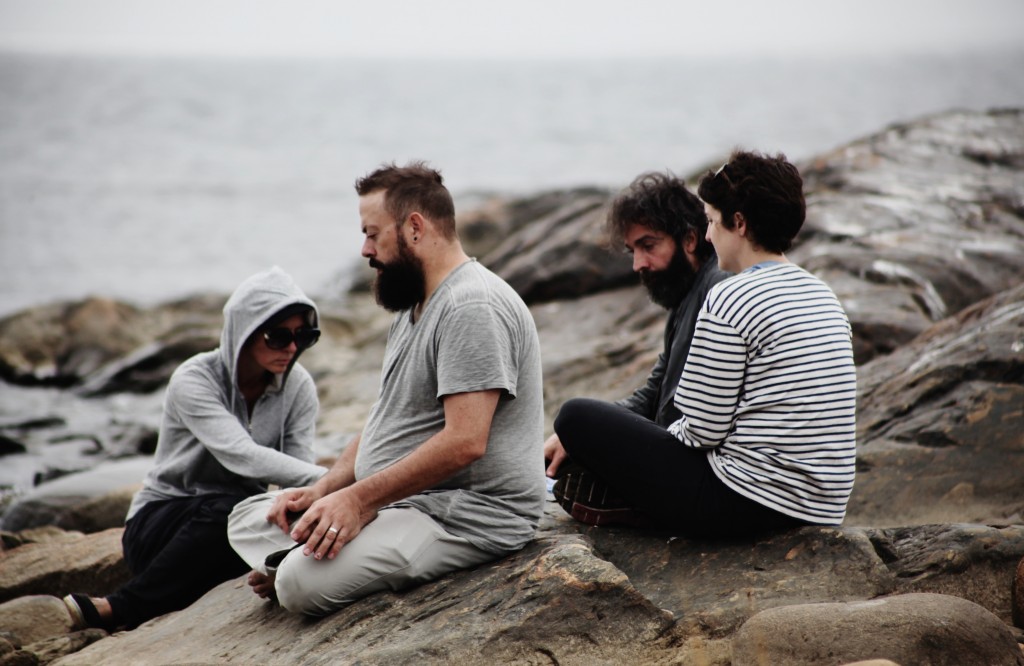
SUPERKILEN – Extreme Neoliberalism Copenhagen Style
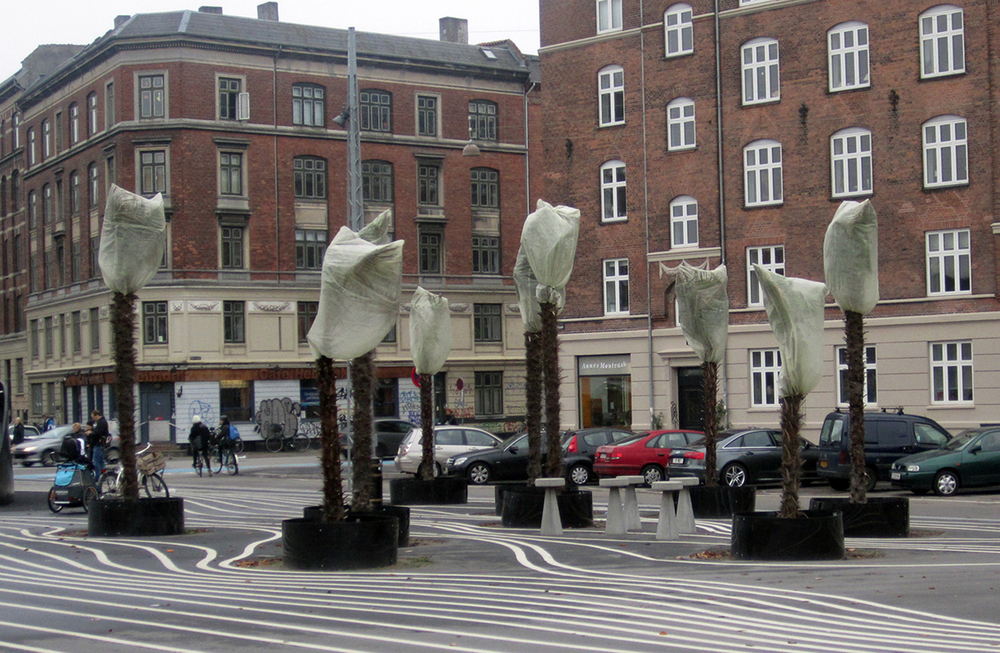
Read Brett's essay about the park.
Download our guide:
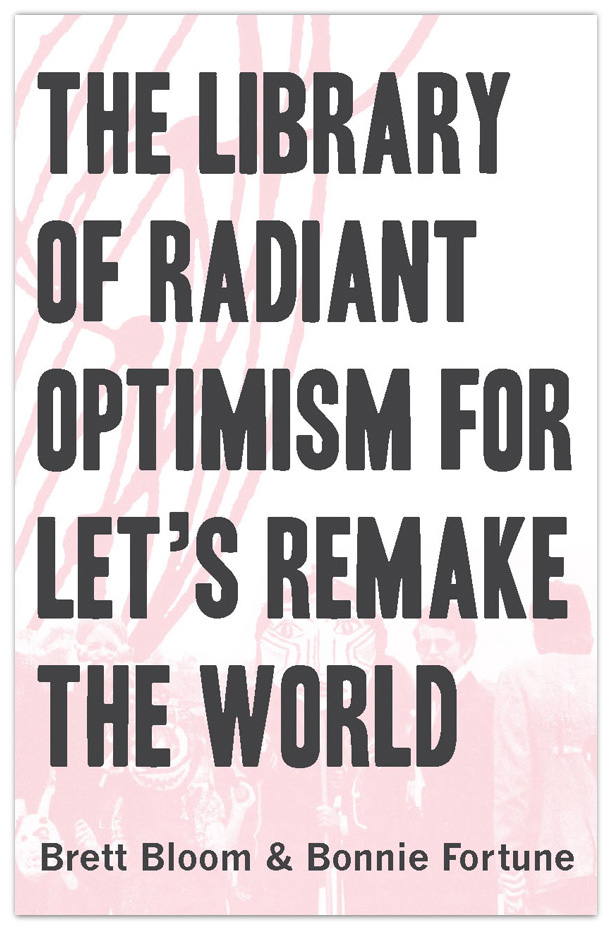
This is our guide to how-to books from the counterculture of the 60s and 70s. Click to get the download page.
Categories
- Agriculture (11)
- Animal sounds (1)
- Artist parents (19)
- Arts and culture (106)
- Bees (3)
- Book reviews (14)
- Books (18)
- Critical essays (5)
- Daily Photo (5)
- Design (36)
- Dirt (11)
- Environmental activism (43)
- Exhibitions (24)
- Farms (11)
- Forest (7)
- Friday connect (15)
- Growing (42)
- Habitat (38)
- Homesteading (16)
- Interviews (15)
- Kitchen (14)
- Living structure (9)
- MISC (15)
- Mythological (2)
- Neighborhood (83)
- Ocean News (1)
- Our Art Work (21)
- Personal – Design/Art (3)
- Play (2)
- Playground (4)
- Projects (21)
- Public space (53)
- Resilience (13)
- Sea Side (2)
- Sojabønner (2)
- Tofu (8)
- Vermont correspondence (7)
- Water (3)
- Wednesday picture (31)
- Workshop (1)
Video interview:

Watch our interview of SeedBroadcast, a mobile project that is part seed library and part seed-saving-story-collecting machine-recording the stories of seed saving, farming, and food sovereignty work being done around the US.
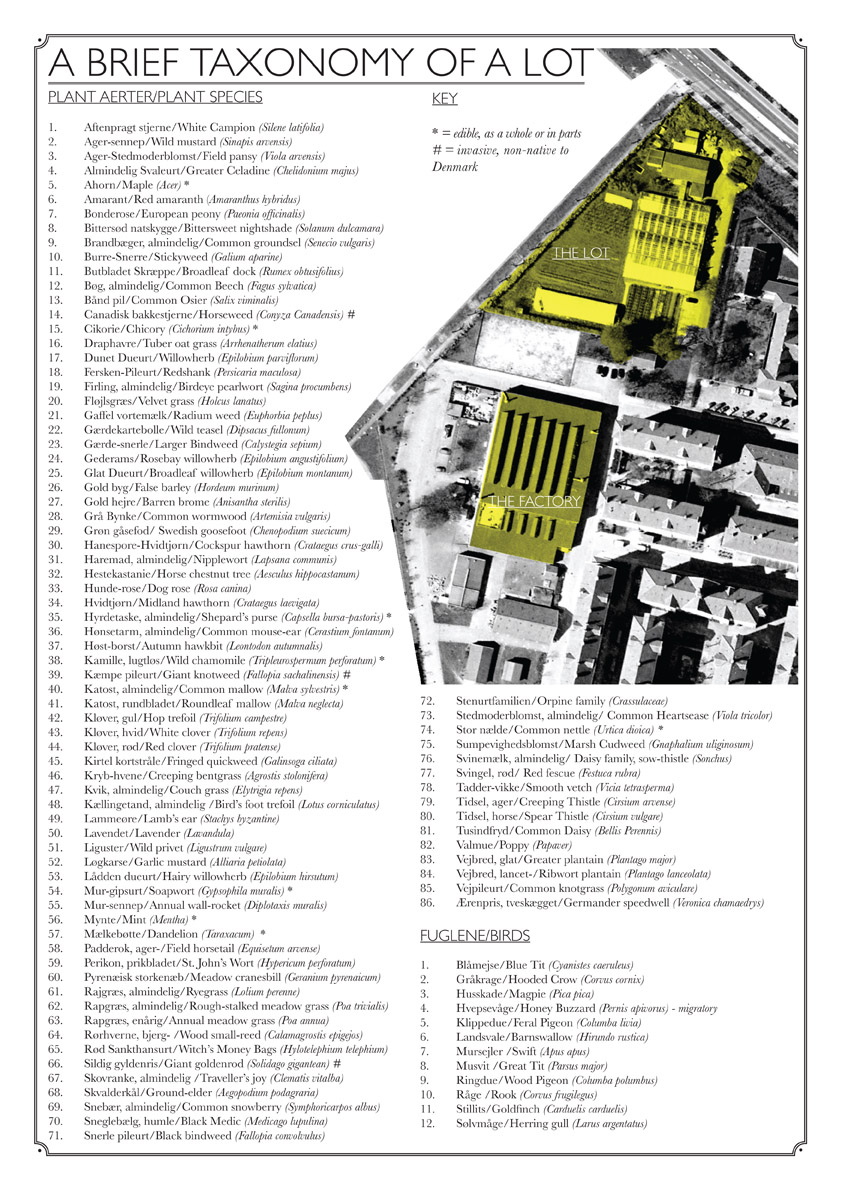
Download a poster Bonnie made about biodiversity in a vacant lot in the Amager borough of Copenhagen, in collaboration with biologist, Inger Kærgaard, ornithologist, Jørn Lennart Larsen and botanist, Camilla Sønderberg Brok: A BRIEF TAXONOMY OF A LOT

We made and installed a network of bat houses in Urbana, Illinois, to support the local and regional bat population, but also to begin a conversation about re-making the built environment.
READ MORE
BOOK REVIEW:
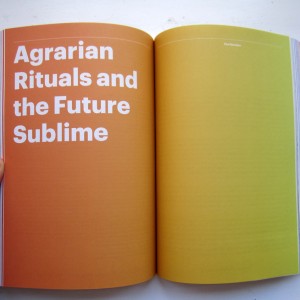
We write often about artists and art groups that work with putting ‘culture’ back in agriculture. Here is a new favorite: myvillages, a group of three women based in Germany, the Netherlands, and the UK. Read more...
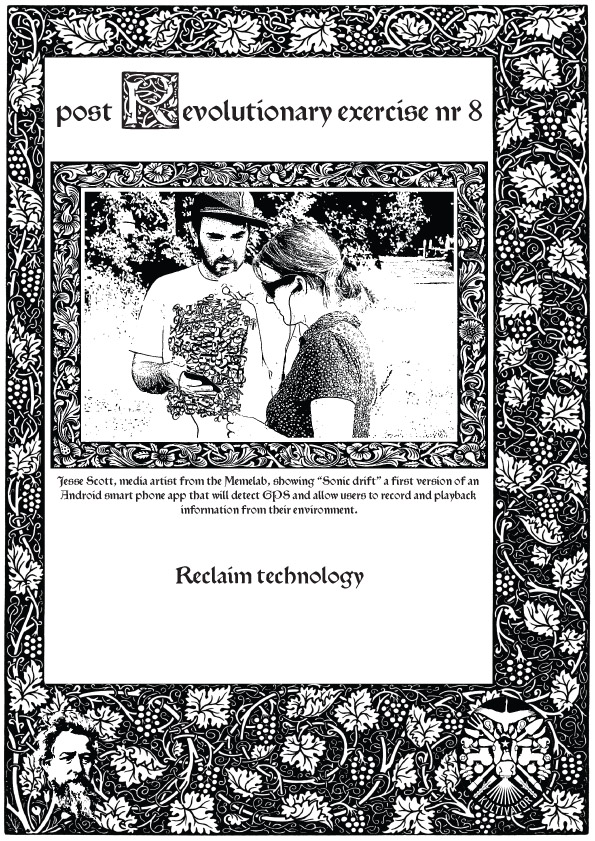
Post Revolutionary Exercises
We really admire the dedicated hard work of Kultivator who seeks to fuse agriculture and art in their work. Click this sentence to get a PDF of their poster collection called "Post Revolutionary Exercises."
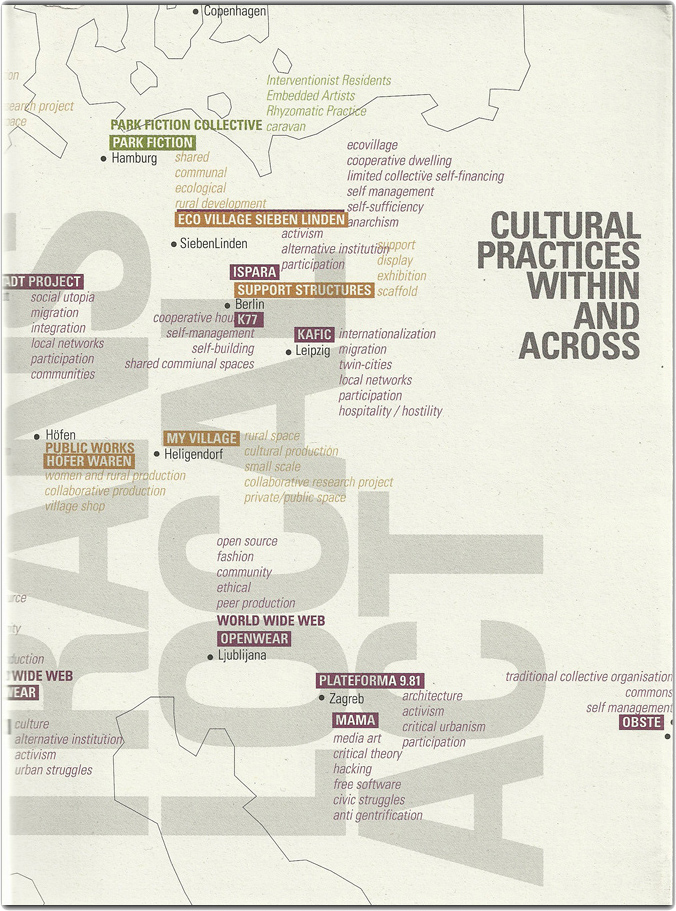
Cultural Practices Within And Across
This amazing book networks urban and rural resilience and sustainability projects around the world. Deeply inspiring projects in Romania, Paris, San Francisco, and elsewhere.
• Read our review of the book.
• Buy the book.
• Download the book.

